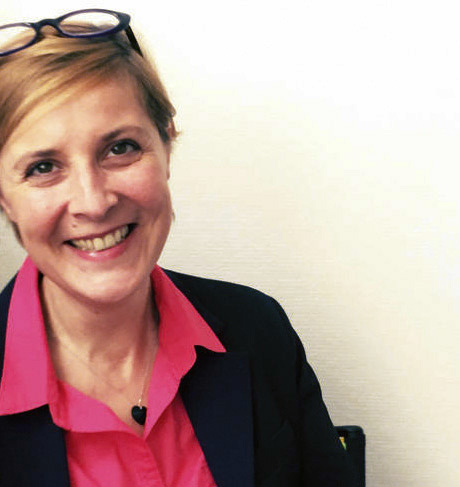Preserving, experimenting, and passing on the skills and the know-how of pre-digital photography are the main objectives of the Collège international de Photographie du Grand Paris (CIPGP), the brainchild of photo historian Michel Poivert. While wait...



